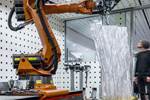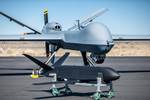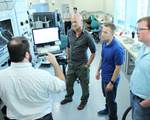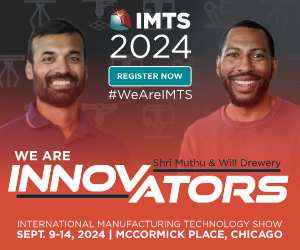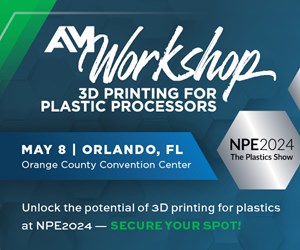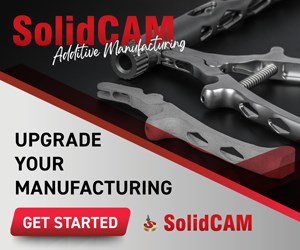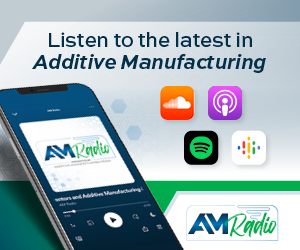EOS, Texas A&M Partner on AM Professional Development Program
Successful pilot training program for NASA Johnson Space Center leads to new collaborative offering to business and academia.
Share
Read Next

EOS, a leading technology supplier in the field of industrial 3D printing of metals and polymers, has partnered with Texas A&M Engineering Experiment Station (TEES) to provide a professional development program in the field of industrial 3D printing/additive manufacturing (AM). Using a combination of virtual learning with conventional training methods, the EOS and TEES training program offers a hands-on, expert-led training program to meet evolving industry needs and challenges.
In concert with EOS’ applied engineering group – Additive Minds, the TEES program provides participants with a deep dive into the latest powder bed AM processes, such as Direct Metal Laser Solidification (DMLS) and Selective Laser Sintering (SLS), as well as an understanding of other AM processes, metal and polymer materials for AM, design for AM, case studies, best practices, troubleshooting and more. The program was developed by subject matter experts from Texas A&M Engineering Experiment Station, including Dr. Alaa Elwany, associate professor of industrial and systems engineering and director of the metal AM laboratory, and EOS’ Additive Minds consultants Maryna Ienina and Dr. David Krzeminski.
The partnership recently completed its first successful session with NASA. According to the group, the program’s open discussion, instructor interaction and enthusiasm, presentation of specific case studies and tools, and mixture of both theoretical and practical approaches were among the top highlights noted by participants.
“Additive manufacturing is a highly innovative technology that, if understood and applied correctly, can create countless new opportunities for any industry or organization,” says Dr. Greg Hayes, senior vice president of applied engineering at EOS North America. “By partnering with Texas A&M University to create a certificate-level training program, we are putting AM’s potential in the hands of our participants.”
Related Content
-
Undaunted by Challenges, MMX 2022 Looks to AM’s Future
America Makes’ Members Meeting & Exchange addressed additive manufacturing’s ongoing needs and how industry, government and academia can act together to solve them.
-
Stratasys Partners With NOCTI for First-Ever FDM Process Certification
The recognition from NOCTI marks a significant step toward strengthening education and building competent workforces in the field of additive manufacturing.
-
Pivoting to Additive Manufacturing for Individuals and Organizations: AM Radio #29B
The pivot to additive manufacturing requires interested individuals as well as support from the top. In a recent episode of AM Radio, we discuss workforce development from the inside and strategies for implementing AM across an organization.

